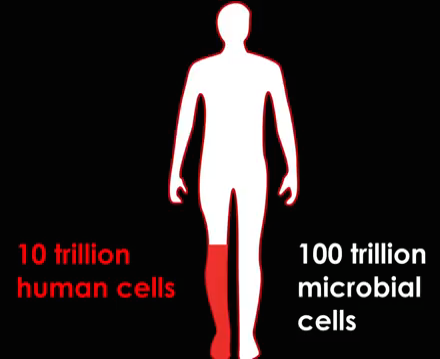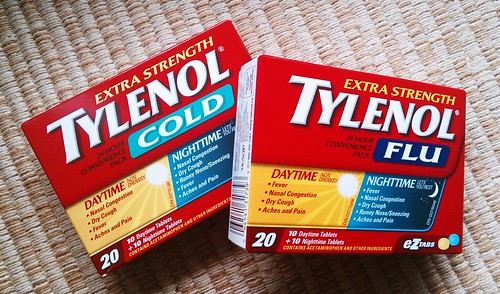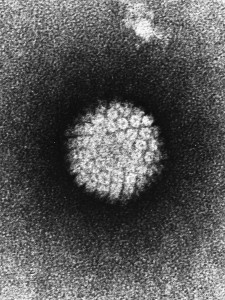On Feb 1st 2016, the World Health Organization (WHO) announced the Zika virus as a public health emergency of international concern (PHEIC), after the first infection was detected in Brazil in 2015. The Zika virus is transferred by the bite of an infected Aedes species mosquito.
Some symptoms that stem from the Zika virus are mild fevers, rashes, joint pain, and conjunctivitis (pink eye). The symptoms usually do not last more than a week and often go unnoticed as they are not severe. Following an infection, the individual that contracted the disease has a high chance of being protected in the future, due to a build-up in immunity. With that being said, there have been almost no cases where those infected have died directly from the Zika virus.
The main concern of this spreading virus is the potential consequences it has on the babies in the womb of infected pregnant women. The contracted illnesses can be transmitted to the foetus through the placenta. The main disorder experienced by infected babies is microcephaly, which is an abnormal smallness of the head, a congenital condition associated with incomplete brain development. However, this article that discussed a study from The New England Journal of Medicine suggests that there are other potential complications. Researchers from the University of California – Los Angeles and Fiocruz Institute in Brazil stated that “29 percent of pregnant women infected with Zika virus had a range of severe abnormalities, including fetal death, calcification of the brain, insufficient amniotic fluid, restricted fetal growth, central nervous system damage and the possibility of blindness.”
Although the Zika virus is not lethal to the primary contractor of the disease, pregnant women are at high risks of giving birth to children with severe disorders and disabilities. Twenty Canadians, including pregnant women, have been reported to be infected in other countries. Graham Sher, Chief Executive Officer at Canadian Blood Services stated that “The risk of a unit of blood being infected by the Zika virus and entering the blood supply in Canada with our 21-day deferral policy in place is 1 in 38 million.” We have been reassured that those infected will be thoroughly screened before entering back into Canada, but can we ever be sure?
-Siriwat Chhem







